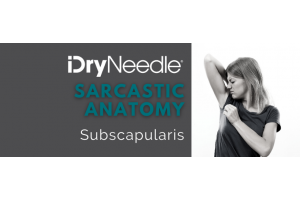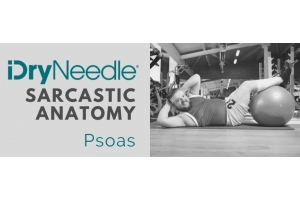

Many months ago I came across a paper published in Acupuncture in Medicine by Xie et al discussing the quality and consistency of commonly used stainless steel acupuncture needles.After reading it, two things became apparent to me. First, the amount of variance and quality between current acupuncture needles is crazy, and second, there has to be a better product out there that utilizes superior materials and implements stricter quality control measures.
More than thirty years have passed since the first disposable acupuncture needle was introduced. After all this time, acupuncture needles, even from the most highly regarded companies, continue to show significant irregularities and inconsistencies. A decade ago Hayoe et al found faults in most of the acupuncture needles being manufactured at that time. Since then, there has been nothing more reported on the subject until the release of this more current paper by Xie et al.
Xie et al set out to examine surface conditions and various other properties of currently used single-use stainless steel acupuncture needles. They chose two of the most common acupuncture brands to do so, one from China and the other from Japan. Ten needles from each brand were randomly selected from different batches of the commercial product for testing. Various inconsistencies were found.
Not only were the inconsistencies notable, but also the “after effect” of the needle after insertion. More specifically, many of the metallic lumps found on these needles “smoothed out” after the first or second needle insertions. What happened to these metallic lumps? Could we be depositing them into human tissue?
The small metallic lumps found on the needles were mainly comprised of iron, chromium, and nickel. Nickel allergies are one of the most common causes of allergic contact dermatitis. The percentages of nickel found between the two metals evaluated in this paper were between 10-12%.
Aside from the makeup of these metals, other practical implications of poor quality and metal deposits include decreased patient comfort and inconsistency of application between needles. As a practicing clinician that utilizes dry needling on a daily basis, nothing is more frustrating than opening up a pack of needles and having completely different experiences between each one.
Is there such a thing as a 100% perfect needle? No, that’s impossible. But there is a better needle out there using higher quality materials with less irregularities and inconsistencies; Myotech Dry Needles by Red Coral.
Here’s the deal on Myotech Dry Needles. First and foremost the company’s commitment to quality is top notch. The material used for their needle shaft is the highest quality surgical German steel (from Germany) available in the world today. It contains less than 4% nickel, which is far better than other materials on the market (also far less likely to trigger a nickel allergy). This steel also has improved tensile strength, which allows the practitioner to use longer needles with smaller gauges ultimately improving patient comfort. This means I can use 100mm or 135mm needles without compromising on practitioner or patient experience. In addition, the needle shaft features a micro-channeled body and is fully coated with parylene to help decrease insertion discomfort. Parylene is the most bio-accepted coating and is used on many medical implants including stents and pace makers. The handle used on Myotech Dry Needles is larger than acupuncture needles, which helps with improved dexterity and control. The other nice thing about the handles is conductivity, making it far easier for your electrical stimulation application. If you are using alligator clips, they hold much better on these than thinner handles or the needle shaft.
In addition to never wavering from using the highest quality materials, Red Coral has also implemented the most comprehensive quality control process to ensure the production of the most pure dry needle on the market.
The four-part process for Myotech Dry Needles includes twelve more quality control steps than other needle companies. The handle is fabricated differently to an acupuncture needle and is designed for dry needling. The raw materials process has an extra step involved as does the accessories control process. And the finished products control process has an extra 10 times inspection of the products. These extra steps are around the quality control of the German steel and fittings to the needle and ensuring that the accepted needles have an error rate of <1%.
Does all of this truly matter? To me the answer is an easy yes. My clients and patients deserve the highest quality in all aspects of their care, from customer service to the types of needles I put in their bodies. The minimal extra cost per treatment session to provide the most comfortable dry needling experience is worth it to me. Most, if not all of my clients that have experienced Myotech Dry Needlesnever want me to go back to the other types of needles I’ve used in the past. The intent of this post isn’t necessarily to tell you what to use, but to shed some light on the fact that the quality of currently made needles seems to be deteriorating.
How about you? What are your thoughts? Please comment below about your experience with various types of needles.





